What muscles does cycling work the most?
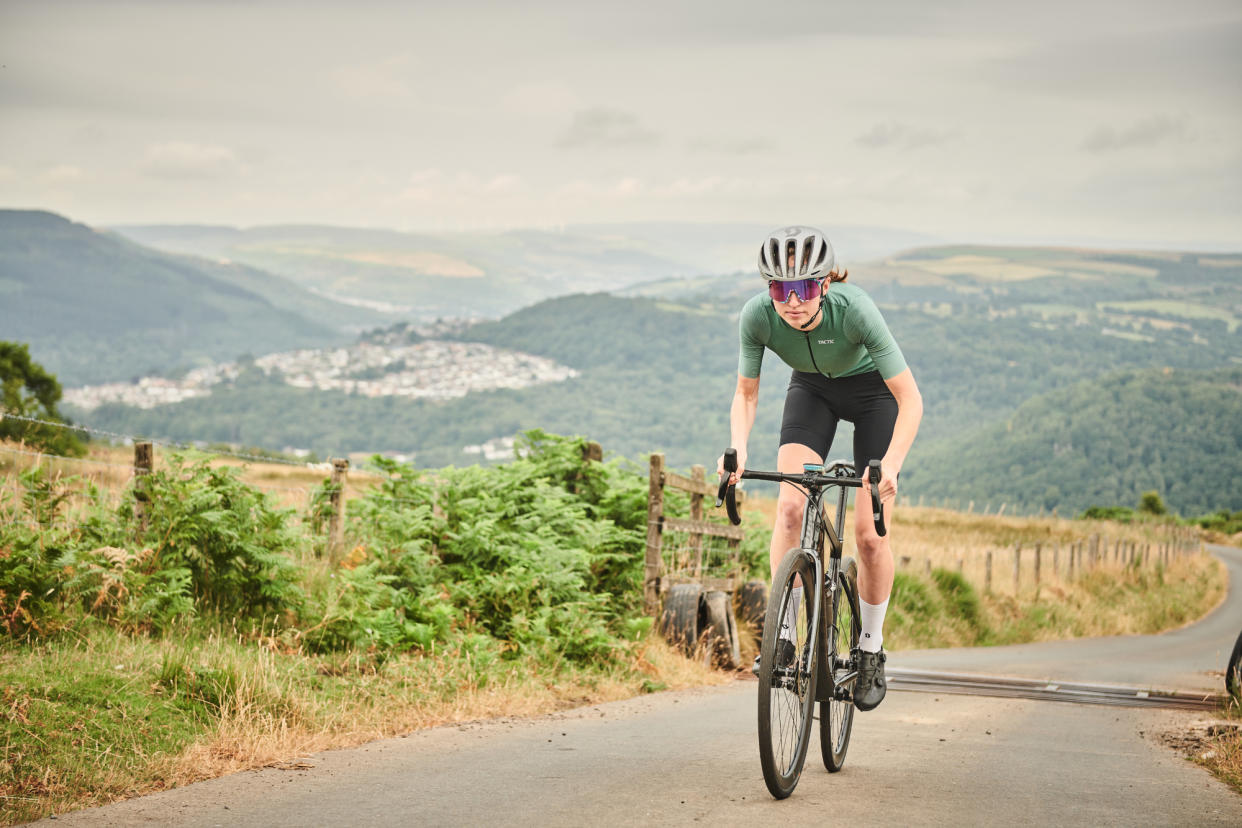
We’ve all seen pro cyclists with muscles that have been extremely toned by cycling, and the classic physique of big muscular legs with a comparatively small upper body and slim arms. There’s good reason for this - the shoulders, arms and back don’t really contribute to powering a bike, so excess muscle mass in those areas is essentially just dead weight.
But what, exactly, are the muscles that cycling recruits in the legs - and which muscles take on the lion’s share of the work? Whilst legs in general might not garner quite as much attention as the upper body when it comes to muscle groups, there is actually a lot of complexity going on down there.
We’ll take you through the big players like the glutes and your quads, as well as some you might not have had at tip of your tongue for a biomechanically-themed pub quiz - like your ‘Tibialis Anterior’, for instance.
1. Quadriceps
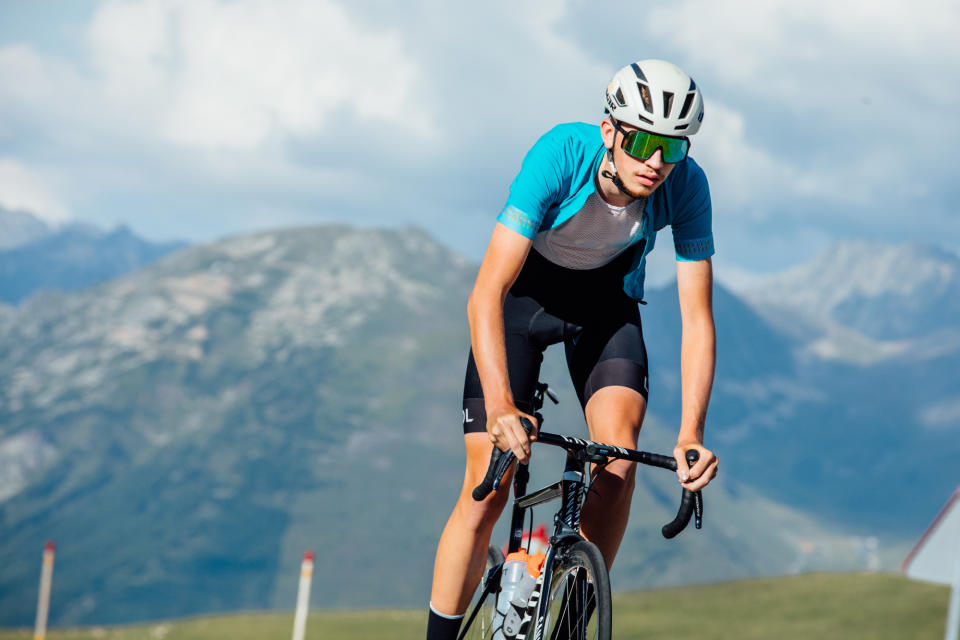
Your quadriceps are the muscles located at the front of your thighs and are amongst the largest and strongest muscles in your body. They are also a major player when it comes to producing power while cycling - primarily during the downstroke when pedalling.
Although these muscles are often homogenized as just ‘quads’, sometimes referred to as though those muscles on each of your thighs is just a singular entity, they are actually made up of a melange of various other muscles.
This includes the Vastus Medialis (teardrop muscle on the top of the inner thigh), Rectus Femoris (muscle on the top middle of the thigh and the only quadricep to start from the hip bone, therefore crossing both the hip and the knee), Vastus Intermedius (underneath the rectus femoris) and Vastus Lateralis (along the outer side of the thigh).
These muscles run down from the top of the femur or hip and attach to the knee cap (patella) which itself connects to the tibial tuberosity (the bony lump on the top of the lower leg).
These are some of the most visually obvious muscles toned by cycling (with the exception of the vastus intermedius underneath the rectus femoris) as they contribute such a large percentage of the pedal stroke work.
2. Hamstrings
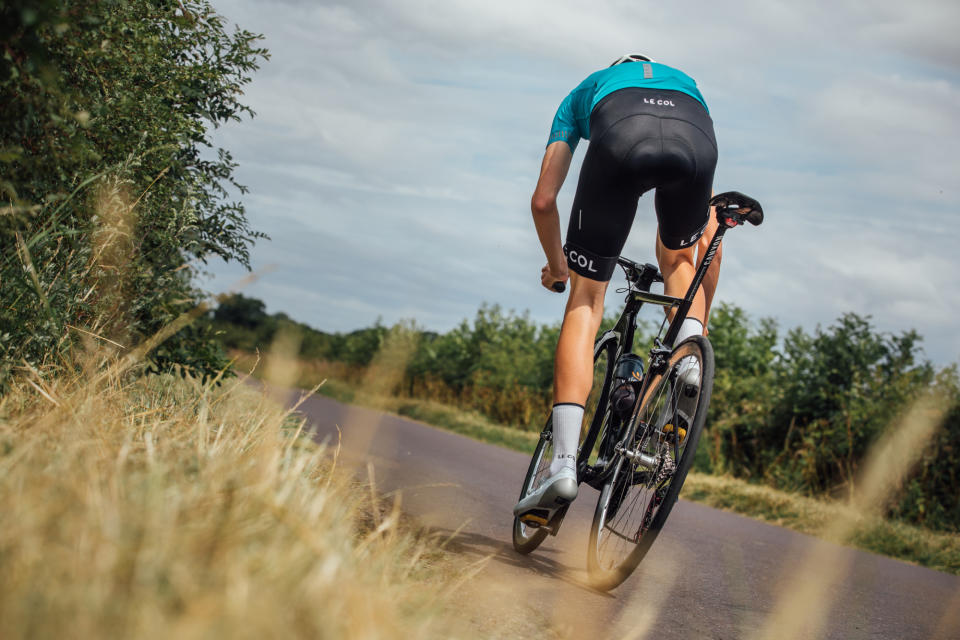
Literally on the flipside, the hamstrings are the muscles on the underside (or backside, depending on your perspective!) of your thighs. Muscles, as you likely know, can only contract, so in order to move our skeleton they have to work in pairs. The result is that the hamstrings are flexed and relaxed just as much as the quadriceps with every pedal stroke.
All the hamstring muscles originate from the hip and attach to the tibia or fibula - the two bones that make up your lower leg, below your knee joint and above your ankle joint. These muscles are responsible for hip flexion during the downwards phase of the pedal stroke and also contribute to knee flexion at the bottom and upwards phase of the pedal stroke.
Due to their large contribution to the pedal stroke, these muscles generally get quite toned from regular cycling, with the rear of the thigh having these defined long and stringy looking muscles running down their length.
3. Gluteus
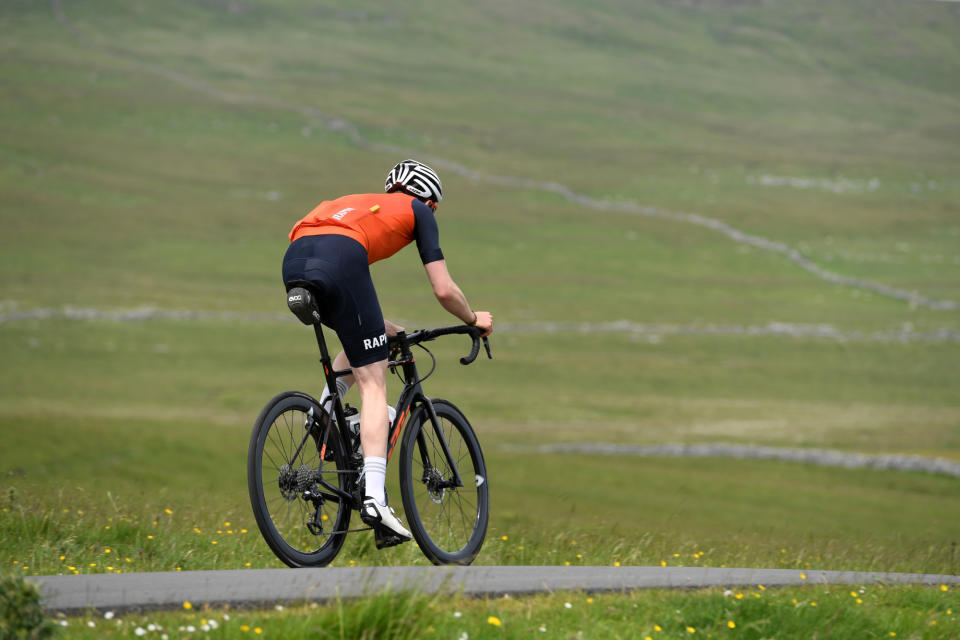
The glutes - one of the superstar muscle groups. You probably know that the gluteus maximus is the largest muscle in the body, but what you might be less aware of is that - like the quads and the hamstrings - it is part of a wider muscular group, including the Gluteus Medius and Gluteus Minimus.
In terms of the roles these all perform, the Gluteus Maximus is the large hip flexor and produces a huge force. The Gluteus Medius and Gluteus Minimus work on hip abduction (bringing the hip out to the side) and stability.
When looking at what muscles are toned by cycling, the glute max is a big one! Track sprinters will often have particularly large and toned muscles in this area - not that you often directly see them!
One thing to bear in mind is that many cyclists fail to fully utilize these muscles to their full potential - particularly riders who tend to spend a lot of time sitting down in the saddle. Doing specific strength training with movements that focus on hinging the hips is a great way to further strengthen these muscles and increase their force production capacity. Think squats and Romanian deadlifts.
4. Calf
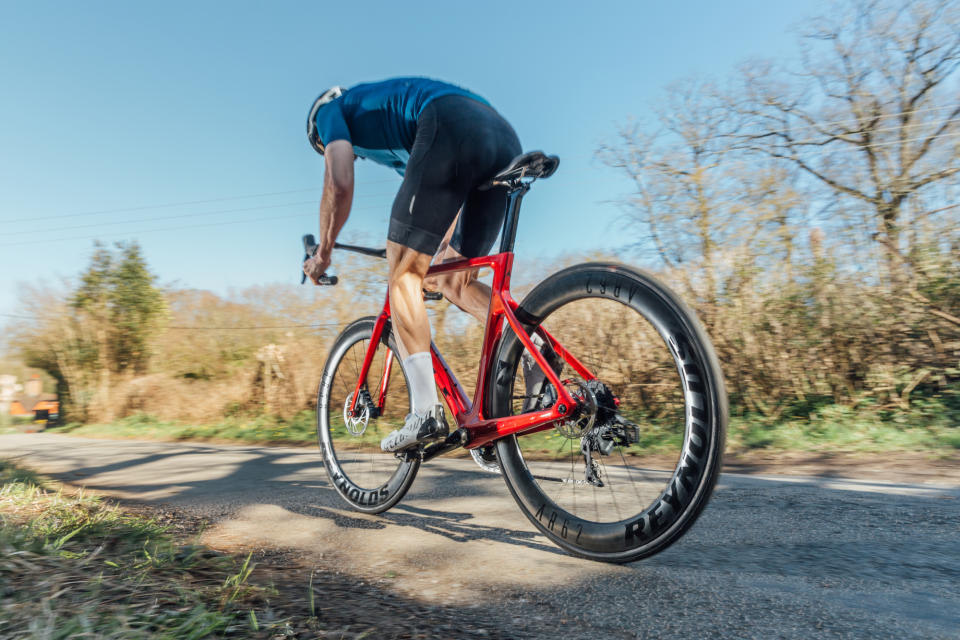
The next group of muscles which cycling works significantly are the calf muscles. These are made up of the gastrocnemius (the large toned muscle both on the inside and outside of the lower leg) and the soleus (underneath the gastrocnemius but visible at the outside of the lower leg).
These muscles work your ‘dorsiflexion’ - which basically means when you point your toe up during the downwards phase of the pedal stroke and at the very bottom of it. You’ll see these muscles often get very toned by cycling, which is the result of a combination of significant recruitment and the fact that many people don’t store much fat in this area.
5. Tibialis Anterior
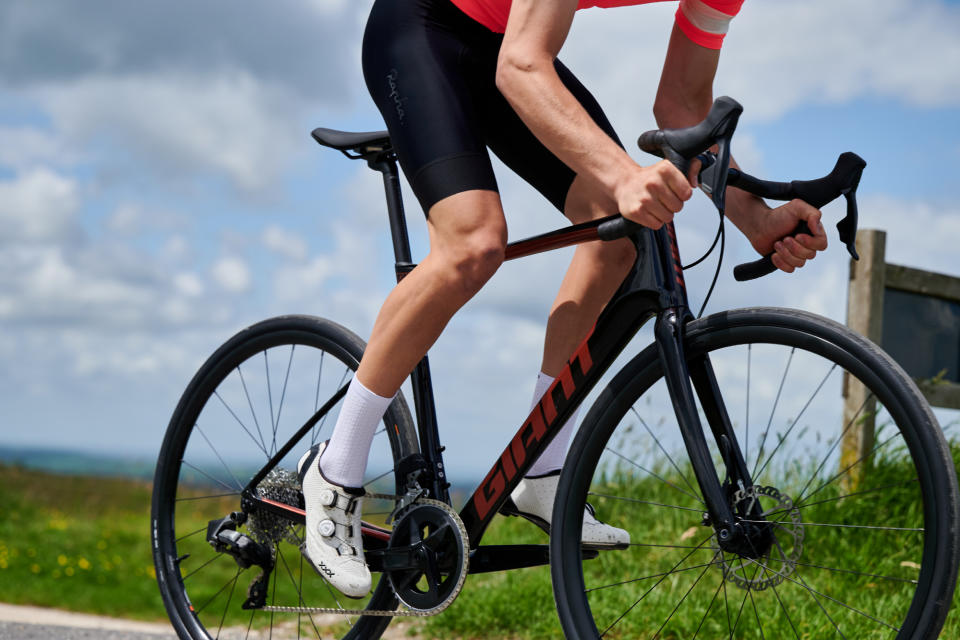
In combination with the calf, there is also the Tibialis Anterior, which runs along the front of the shin, and contributes to ankle plantarflexion during the upwards phase of the pedal stroke and is also often toned by cycling. ‘Plantarflexion’, by the way, is just the opposite of ‘dorsiflexion’ - i.e. it’s when you point your toes down in the upward phase of the pedal stroke.
There are also plenty of other muscles in the leg that contribute to the pedal stroke, however many of them are deep muscles, meaning that they are closer to the bone and not visible like the superficial muscles which we can see toned by cycling. Additionally, many of the deep muscles contribute more to leg, knee, and ankle stability during cycling, however this does not make them any less useful.
Digging deeper
There is also debate about the necessity of hip extension, knee flexion, and ankle plantarflexion during the upwards phase of the pedal stroke. Some believe that it is beneficial to actively conduct these movements and focus on pulling your legs upwards (often with single leg drills on the bike).
Others believe it is more beneficial to be able to reduce muscle activation on the upwards phase of the pedal stroke and allow the more powerful quadriceps and glutes in the active leg (downstroke) to move the passive leg (upstroke) upwards as part of the opposite downwards stroke (doing high cadence intervals can supposedly assist).
However, generally the body is quite good at finding the most efficient and powerful way to produce force, hence why some famous winning professionals have been toe pointers and others heel droppers - similarly some spin a particularly fast cadence and others grind a bigger gear. The key factor tends to be force generation and muscle activation patterns. Great ways to improve this are resistance training along with a combination of high torque cycling efforts and high speed/RPM cadence drills.
Another interesting element of cycling is when it comes to muscle usage, because it is a primarily concentric force that we are looking to generate. Concentric muscle contractions are where we produce force as the muscles shorten, whereas eccentric contractions are where we produce force while the muscles are lengthened.
Eccentric contractions are what generally result in delayed onset muscle soreness (DOMS) and happen as we walk or run, especially downhill. This is why there are some elements of running, walking, and resistance training that are very useful to incorporate into your training for muscle and bone health, as well as muscle strength.
That said, if cycling is your primary goal, don’t start running excessively as although this will improve your tendon elasticity and stretch shortening cycle for power production when running, this has been shown to be detrimental to overall cycling performance. Even so, a bit of cross training and some strength and conditioning work can be very beneficial for improving muscular function when cycling.
There are also isometric contractions, when we hold the muscles in situ while producing force. The shoulders and trunk muscles do this while cycling to maintain posture and provide the legs a stable platform to produce power against. This is why although these muscles don’t get built up from cycling, they can often be quite toned and strong as a result of it.
We also of course have the muscles that contribute to breathing, such as around the ribs and diaphragm, and when under duress the back and chest muscles contribute too. Research has actually shown that improving respiratory muscle function can result in an increase in time to exhaustion due to reducing the respiratory metaboreflex, which happens when breathing muscles fatigue and blood flow is diverted from locomotor muscles (legs in cycling) to the respiratory muscles.
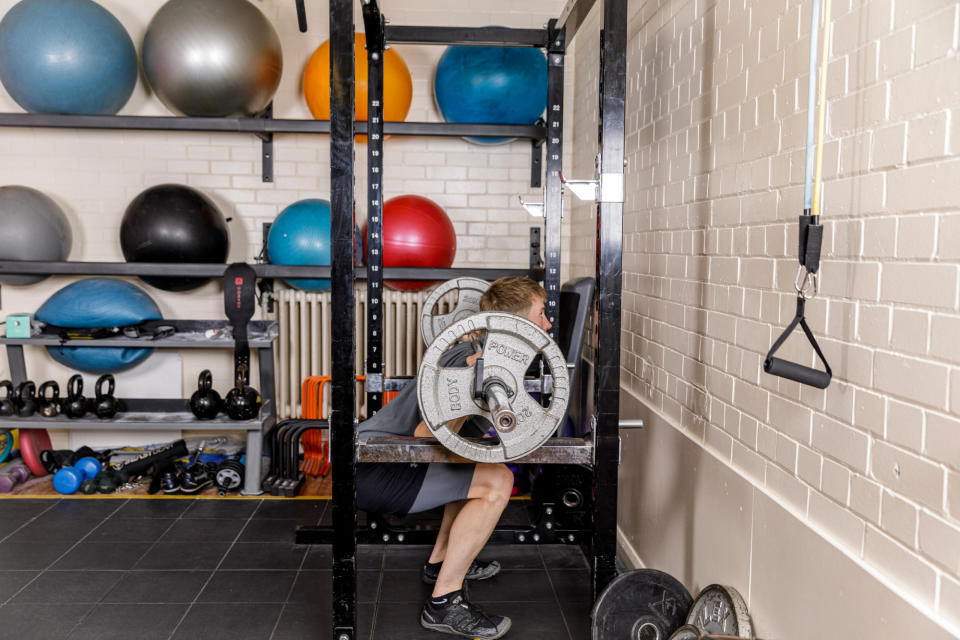
So, the muscles which cycling works the most are the large prime movers (superficial), the quads, hamstrings, glutes and calves. While the deep leg muscles are also worked when cycling for force production and stability. There is also work done by the shoulders, core, back, and arms for both stability and maintaining position, as well as breathing.
The more you cycle, the more you can improve the amount of work these muscles do and also the more you will tone these muscles. Adding resistance training into the mix is a great additional way to boost strength, power and how toned these muscles look as well!

